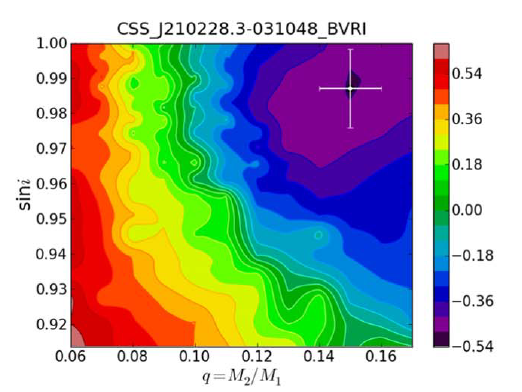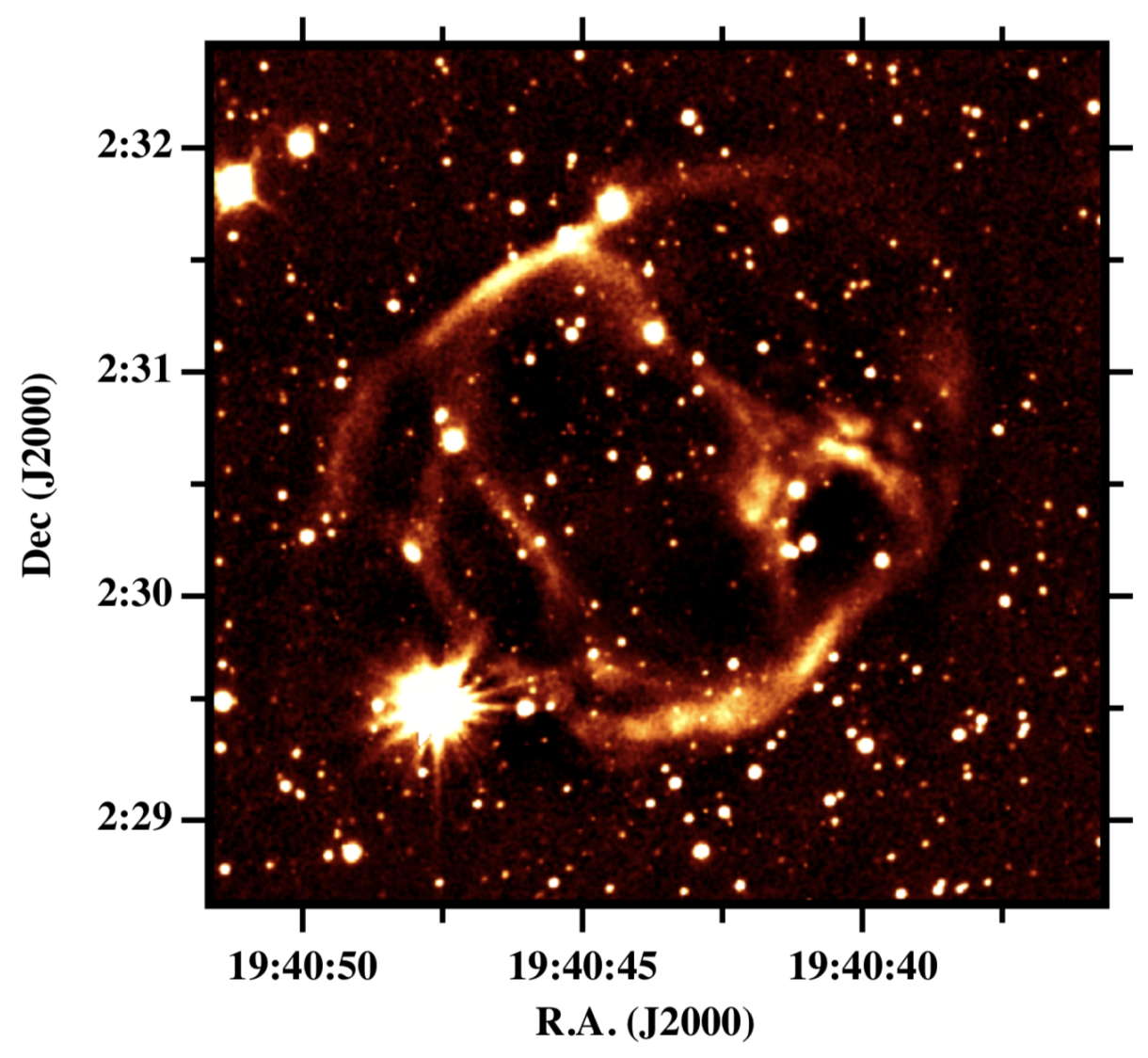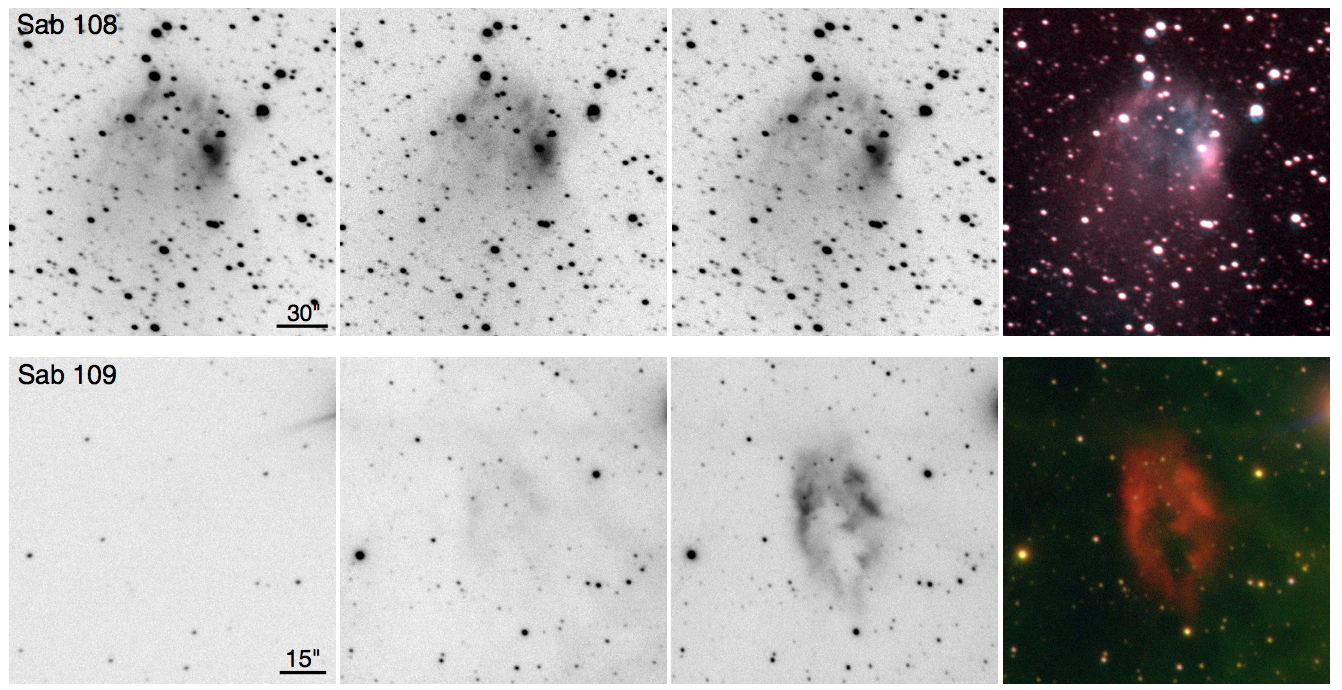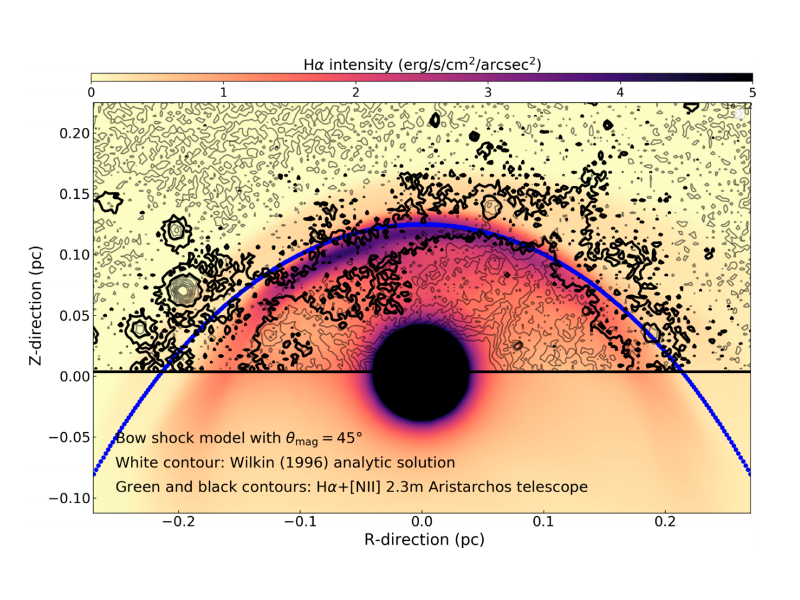Παρακαλούμε σημειώστε ότι σε περίπτωση δημοσίευσης άρθρου που χρησιμοποιεί τα δεδομένα του Αρίσταρχου θα πρέπει να ακολουθείτε τις παρακάτω οδηγίες:
————-
Credit “Aristarchos telescope” in published papers:
Publications based wholly or in part on data obtained at the Aristarchos telescope are required to carry the following Acknowledgment, primarily as a footnote to the title but, if such footnotes are not permitted by the journal, book, etc, then in the Acknowledgments section of the paper itself:
“Based on observations made with the 2.3m Aristarchos telescope, Helmos Observatory, Greece, which is operated by the Institute for Astronomy, Astrophysics, Space Applications and Remote Sensing of the National Observatory of Athens, Greece.”
Πρόσφατες Δημοσιεύσεις
A Study of Nine Extremely Low Mass Ratio-contact Binary Systems
Eleni Lalounta, Panagiota-Eleftheria Christopoulou, Athanasios Papageorgiou , C. E. Ferreira Lopes, and Márcio Catelan https://doi.org/10.3847/1538-3881/ad4882 August 2024 Abstract Low-mass ratio systems (LMR) are a
Discovery of an optical cocoon tail behind the runaway HD 185806
Studies on the circumstellar structures around evolved stars provide vital information on the evolution of the parent star and the properties of the local interstellar medium. In this work, we present the discovery and characterization of an optical cocoon tail behind the star HD 185806. The cocoon apex emission is puzzling, as it is detected in the infrared but shows no signal in the optical wavelength.
Deep optical study of the mixed-morphology supernova remnant G 132.7+1.3 (HB3)
We present optical ccd images of the large supernova remnant (SNR) G132.7 + 1.3 (HB3) covering its full extent for the first time, in the emission lines of H α+ [N II], [S II] and [O III], where new and known filamentary and diffuse structures are detected. These observations are supplemented by new low-resolution long-slit spectra and higher-resolution images in the same emission lines. Both the flux-calibrated images and spectra confirm that the optical emission originates from shock-heated gas since the [S II]/H α > 0.4.
Constraints on the structure and seasonal variations of Triton’s atmosphere from the 5 October 2017 stellar occultation and previous observations
A stellar occultation by Neptune's main satellite, Triton, was observed on 5 October 2017 from Europe, North Africa, and the USA. We derived 90 light curves from this event, 42 of which yielded a central flash detection. We aimed at constraining Triton's atmospheric structure and the seasonal variations of its atmospheric pressure since the Voyager 2 epoch (1989). We also derived the shape of the lower atmosphere from central flash analysis.
First deep images catalogue of extended IPHAS PNe
A significative fraction of all massive stars in the Milky Way move supersonically through their local interstellar medium (ISM), producing bow shock nebulae by wind-ISM interaction. The stability of these observed astrospheres around cool massive stars challenges precedent two-dimensional (magneto-)hydrodynamical simulations of their surroundings. We present three-dimensional magneto-hydrodynamical (3D MHD) simulations of the circumstellar medium of runaway M-type red supergiant stars moving with velocity v* = 50 km s−1 . We treat the stellar wind with ...
3D MHD astrospheres: applications to IRC-10414 and Betelgeuse
A significative fraction of all massive stars in the Milky Way move supersonically through their local interstellar medium (ISM), producing bow shock nebulae by wind-ISM interaction. The stability of these observed astrospheres around cool massive stars challenges precedent two-dimensional (magneto-)hydrodynamical simulations of their surroundings. We present three-dimensional magneto-hydrodynamical (3D MHD) simulations of the circumstellar medium of runaway M-type red supergiant stars moving with velocity v* = 50 km s−1 . We treat the stellar wind with ...
‘Ears’ formation in supernova remnants: overhearing an interaction history with bipolar circumstellar structures
A characteristic feature that is frequently found in nearby supernova remnants (SNRs) is the existence of two antisymmetric, local protrusions that are projected as two 'ears' in the morphology of the nebula. In this paper, we present a novel scenario for the 'ear' formation process,







